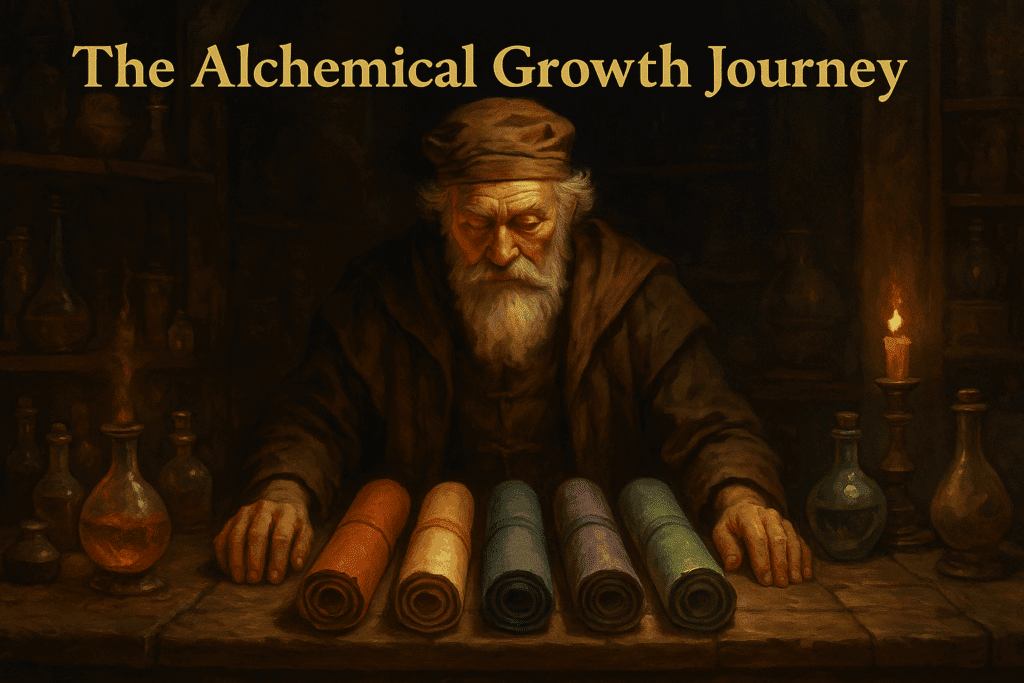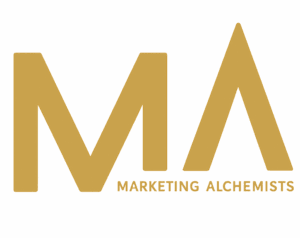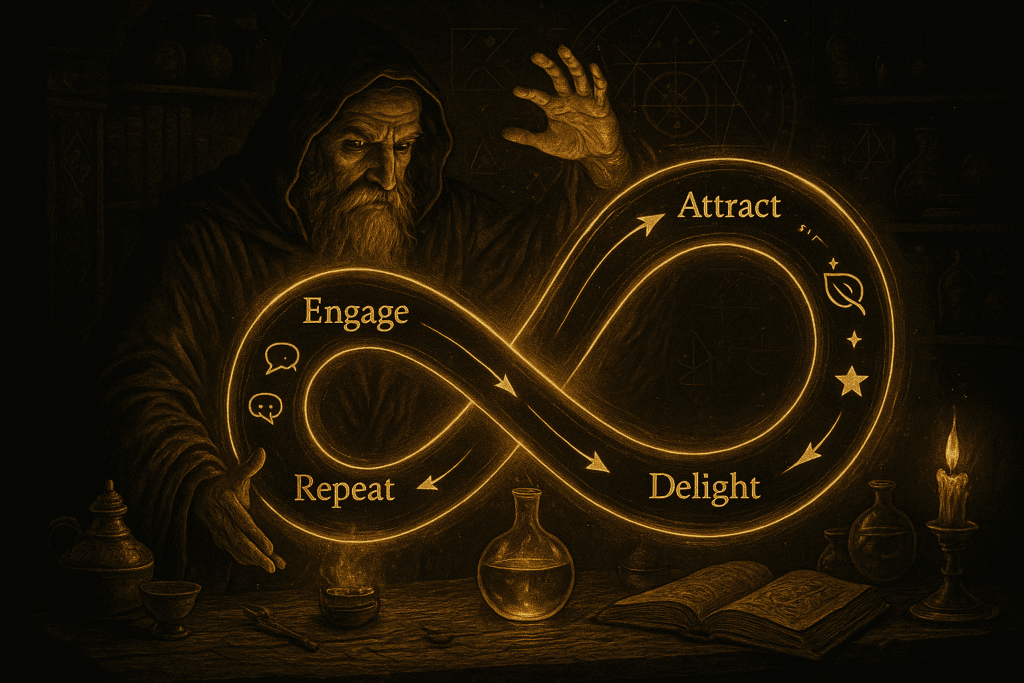
The Five Levels of Marketing Maturity (2026)
TL;DR
- Know your level in 3 minutes: take the quick assessment and map your current signals.
- Kill the bottleneck: see the top blockers at each level and the one fix that unlocks the next stage.
- Advance a level fast: use the 2026 playbooks and checklist to move up in 30–90 days.
Why Your Marketing Feels Busy but Broken
Are you pouring hours into ads, tweaking funnels, and posting content daily, but your results feel like guesswork? Your team’s working hard, but the ROI? It’s nowhere near what you envisioned. If this sounds familiar, you’re not alone. Most businesses are doing marketing, but few are scaling it. The problem isn’t effort—it’s clarity.
Enter the Digital Marketing Maturity Model, a five-level roadmap to assess where your brand stands and how to evolve into a market leader. From chaotic startups to optimized powerhouses, this framework reveals what’s holding you back and how to break through. So, let’s get real: Which level are you at? Let’s dive in and find out. Find your level in 3 minutes.
Table of Contents
Blog Newsletter
What Is Digital Marketing Maturity?
Digital marketing maturity isn’t about how many ads you run or followers you have. It’s about how strategically, systematically, and efficiently your marketing drives growth. Think of it as the difference between shouting into a void and commanding a stage with a microphone that amplifies your brand’s story.
This five-level model—based on industry benchmarks like those from Smart Insights—evaluates your strategy, systems, and outcomes. Ready to stop wasting budget and start scaling? Let’s explore the levels.
Common Pitfalls by level
Level 1 – Foggy windshield: chasing tactics without KPIs; no journey map; vanity metrics hide weak pipeline.
Level 2 – Reactive wins: siloed tools and ad-hoc plans; dashboards exist but no single source of truth; reporting ≠ learning.
Level 3 – Plateaued engine: last-click bias; manual ops slow throughput; content ships, but little compounding value.
Level 4 – Respect, no dominance: under-investment in experimentation; partial personalization; insights not closing the loop to offers.
Level 5 – Maintain the edge: complacency; over-automation without narrative; scale erodes message-market fit.
Level 1: The Slow Starter
Traits, Red Flags, and Common Mistakes
You’re at Level 1 if your marketing feels like driving with a foggy windshield and no map. There’s no real strategy, data is basic or nonexistent, and tools are disconnected. You’re relying on intuition, chasing vanity metrics (like likes or impressions), and using generic tactics that don’t move the needle.
Story: Take Sarah, a startup founder. She spent $10,000 on ads but had no KPIs to track success. Her team posted on social media daily, but without a customer journey mapped, it was just noise. The result? Wasted budget and zero growth.
Quick Win: Get Clear on KPIs + Journey Mapping
Start small but smart. Identify 2-3 core KPIs (e.g., conversion rate, cost per lead) and map your customer journey. This isn’t magic—it’s the foundation for clarity. Marketing Alchemists can help you define these basics in days, not months.
Level 2: Developing Capability
Signs of Progress, But Still Reactive
At Level 2, you’ve got an ad-hoc plan, basic dashboards, and some digital support. It’s like a car that’s moving but constantly stalling. You’re seeing some wins, but your marketing is reactive, not strategic.
Example: A small sustainability brand had killer creative content but no backend infrastructure. Their social media got likes, but without data integration, they couldn’t track ROI or scale.
Action Plan: Build Data Foundations
Centralize your data to create a single view of performance. Map ROI backwards—every dollar spent should tie to a measurable outcome. Tools like Google Analytics or a lightweight CRM can get you started. Marketing Alchemists specializes in building these foundations fast.
Level 3: Competent, But Stuck
Why Growth Plateaus Here
Level 3 brands have centralized marketing, some automation, and last-click attribution. You’re competent, but you’ve hit a plateau. It’s not about effort—it’s about structure. Your marketing is a strong engine with no pit crew.
Opportunity: You’re doing the work, but manual processes and campaign-focused thinking hold you back. Shifting to systems—like marketing automation and a focus on customer lifetime value (CLV)—is the key to breaking through.
Transition from “Doing” to “Systems”
Automate repetitive tasks (e.g., email sequences, social scheduling) and track CLV to prioritize high-value customers. You’re doing the work—now let your systems do the heavy lifting. (Curious about automation? Uncover the tasks you should automate first to get your time back and scale faster.}
Playbooks to Advance a Level (30–90 days)
1 → 2: Establish clarity and a weekly cadence
- Define your ICP (role, pains, triggers) and 3 core customer problems.
- Map the customer journey (awareness → consideration → decision).
- Set 3 KPIs you’ll track weekly (e.g., meetings set, CVR, CPL).
- Ship one learning-driven asset per week and review results every Friday.
2 → 3: Build a single source of truth and consistent campaigns
- Centralize tracking (GA4 + CRM) and agree on one weekly growth report.
- Standardize UTM naming so every campaign is traceable.
- Run a 6-week, offer-led campaign cadence (one offer, multiple channels).
- Debrief weekly: keep what compounds, kill what doesn’t.
3 → 4: Systemize production and measure lifecycle quality
- Automate the obvious (email sequences, lead routing, reporting snapshots).
- Implement content ops with clear SLAs (brief → draft → review → publish).
- Add lifecycle metrics (SQL rate, sales cycle time, stage-to-stage progression).
- Remove manual bottlenecks that slow publishing or follow-ups.
4 → 5: Experiment, personalize, and compound proofs
- Run a 4-week CRO sprint (test hero, proof strip, offer clarity, form friction).
- Publish question-led content (AEO) and add FAQ schema to key pages.
- Pilot light personalization on top pages (by segment/industry/problem).
- Refresh proof: new case bullets, recent logos, up-to-date outcomes.
Staying at 5: Keep the edge
- Quarterly retro: retire low-leverage work; double down on assets that compound.
- Refresh benchmarks and screenshots; rotate new customer stories.
- Monitor blended CAC and win rate; protect speed without losing fit.
Want a tailored 90-day plan? Start the 3-minute Marketing Maturity Assessment.





Level 4: Above Average, Not Yet Leading
You’re Close—But Still Blending In
Level 4 brands have an integrated strategy, partial personalization, and business dashboards. You’re respected, but not unforgettable. It’s like having a stage and microphone but speaking to a half-empty room.
Story Angle: A B2B service company we worked with had solid campaigns but lacked experimentation. By introducing AI-driven insights and structured conversion rate optimization (CRO), we helped them double lead quality in three months.
Action Plan: Structured CRO + AI Insights
Embrace structured experimentation (e.g., A/B testing, predictive analytics) and leverage AI to personalize content. This is where Marketing Alchemists shines—accelerating brands to Level 5 with data-driven creativity and tailored strategies.
So... What’s Your Level?
Get a crisp read on where you stand and the fastest way to move up one level.
Level 5: The Market Leader
Traits of Optimized Marketing Maturity
Level 5 is the Formula 1 team of marketing: AI-powered systems, predictive insights, and full personalization across channels. Your marketing is an engine of compounding ROI, optimized for CLV and built to scale.
Outcome: Every move is precise, every dollar multiplies impact, and your brand doesn’t just compete—it dominates. This is what your brand could be, and Marketing Alchemists builds the engine to get you there.
How to Build Compounding ROI
Integrate the latest innovations (e.g., AI-driven lead nurturing, predictive marketing) and optimize every touchpoint, including Answer Engine Optimization (AEO) for question-led discovery. From personalized emails to dynamic social ads, your marketing becomes a seamless, ROI-driven ecosystem.


